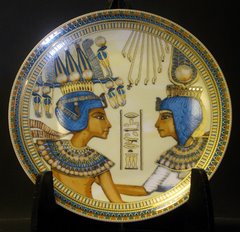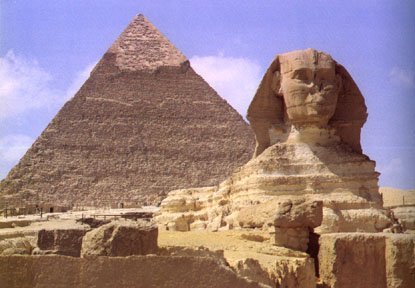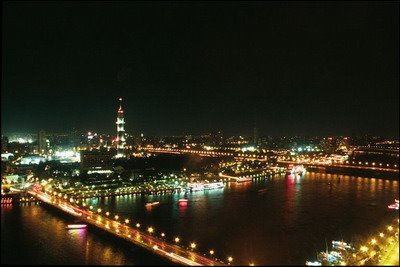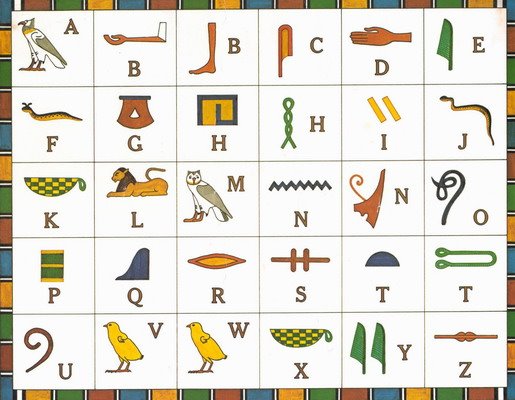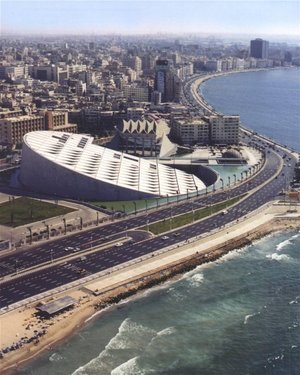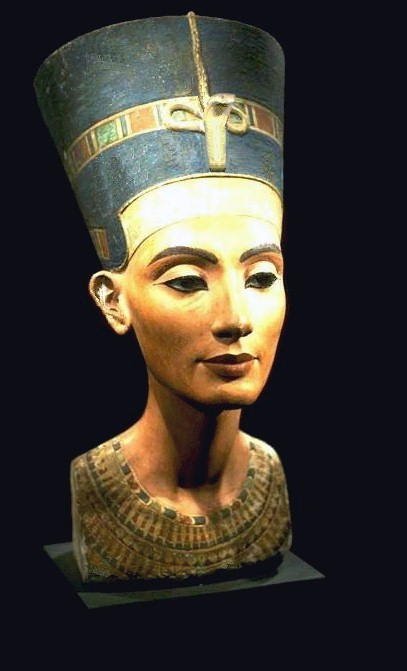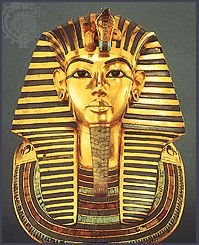Abu simbel show
Aside from the pyramids of Giza, the magnificent temple at Abu Simbel is perhaps the most recognized symbol of ancient Egypt for modern visitors.How did the ancient Egyptians manage to carve these humongous statues and temples out of the deep rock of the mountainside? Why did one pharaoh build numerous monuments to himself, and why did he build many of them so far away from his capitol? The Sound and Light show at Abu Simbel will transport you to the time of the pharaohs. Enchanting you with melodious music, and bringing the ancient world to life around you, the show includes projections onto the temples showing how they once looked. The program is presented in a number of languages with the provision of ear pieces. It is an experience not to be missed, one that will make your visit to Abu Simbel the memory of a lifetime.










